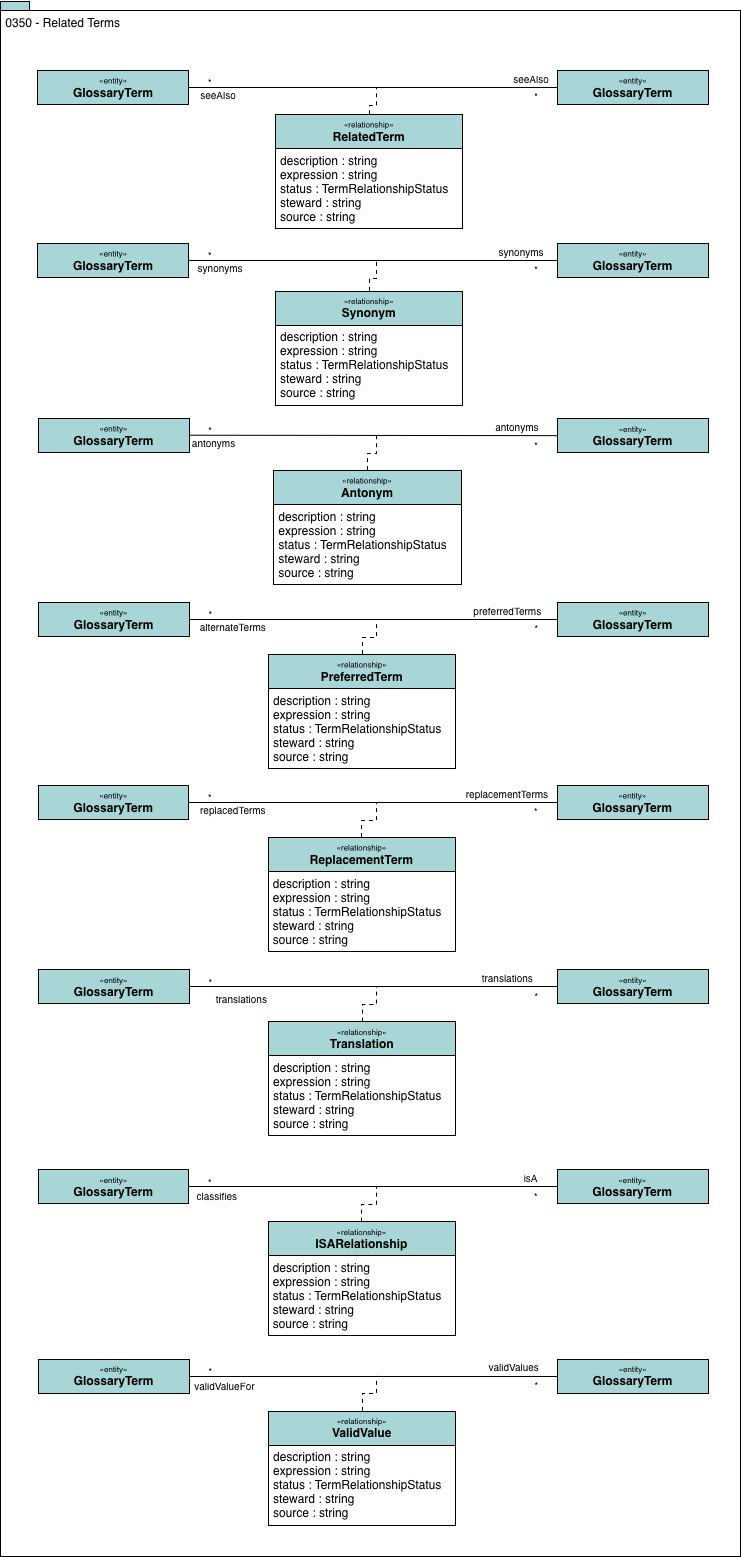
Figure 6: The related term model | The TermRelationshipStatus defines how reliable the relationship is between two glossary terms: - DRAFT means the relationship is under development.
- ACTIVE means the relationship is validated and in use.
- DEPRECATED means the the relationship is being phased out.
- OBSOLETE means that the relationship should not be used anymore.
- OTHER means that the status is not one of the statuses listed above. The description field can be used to add more details.
The related term relationships are as follows: - RelatedTerm is a relationship used to say that the linked glossary term may also be of interest. It is like a "see also" link in a dictionary. The description field can be used to explain why the linked term is of interest.
- Synonym is a relationship between glossary terms that have the same, or a very similar meaning.
- Antonym is a relationship between glossary terms that have the opposite (or near opposite) meaning.
- PreferredTerm is a relationship that indicates that the preferredTerm should be used in place of the preferredToTerm.
- ReplacementTerm is a relationship that indicates that the replacementTerm must be used instead of the replacedByTerm. This is stronger version of the PreferredTerm.
- Translation - is a relationship that defines that the related terms represent the same meaning but each are written in a different language. Hence one is a translation of the other. The language of each term is defined in the Glossary object that anchors the term.
- ISA IsA is a relationship that defines that the "isA" term is a more generic term than the "isOf" term. For example, this relationship would be use to say that "Cat" ISA "Animal".
- ValidValue is a relationship that shows the validValue term represents one of the valid values that could be assigned to a data item that has the meaning described in the "validValueFor" term.
|